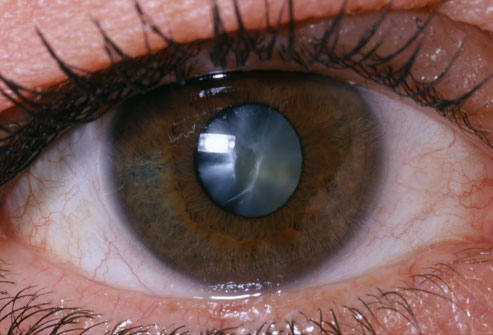One of the biggest misunderstood things is cholesterol. High cholesterol can increase your risk of heart disease, which is why it’s so important to have your cholesterol checked regularly. Your doctor will do a blood test to measure your cholesterol levels, where the test will assess the several types of fat in the blood. When this happens you will receive four results, but what does each number mean?
The test will give you four results:
- Total cholesterol
- HDL good cholesterol
- LDL bad cholesterol
- Triglycerides
What’s the difference? According to the American Heart Association:
Total blood (or serum) cholesterol
Your total cholesterol score is calculated using the following equation: HDL + LDL + 20 percent of your triglyceride level.
HDL (good) cholesterol
With HDL cholesterol, higher levels are better. Low HDL cholesterol puts you at higher risk for heart disease. People with high blood triglycerides usually also have lower HDL cholesterol. Genetic factors, type 2 diabetes, smoking, being overweight and being sedentary can all result in lower HDL cholesterol.
LDL (bad) cholesterol
A low LDL cholesterol level is considered good for your heart health. However, your LDL number should no longer be the main factor in guiding treatment to prevent heart attack and stroke, according to new guidelines from the American Heart Association. For patients taking statins, the guidelines say they no longer need to get LDL cholesterol levels down to a specific target number. A diet high in saturated and trans fats raises LDL cholesterol.






